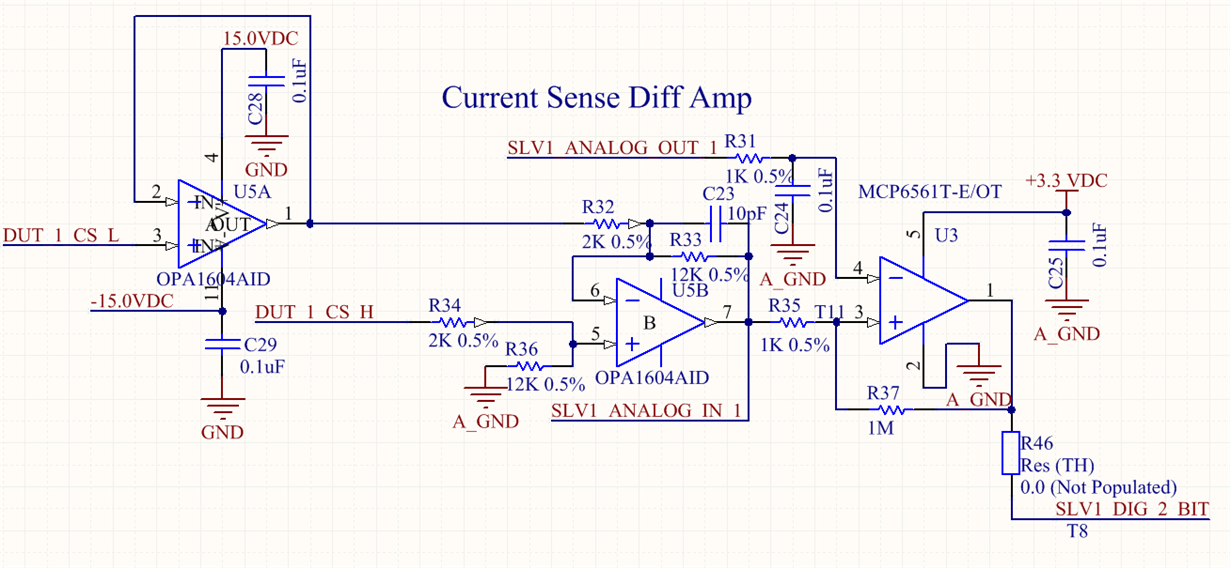I had an OPA1604 fail in a catastrophic way. I already posted this in the Audio forum, since it is considered an Audio operational amplifier. However, I am not using it in an audio application. So as to not double post, I will simply reference my post in that forum.
Thank you



